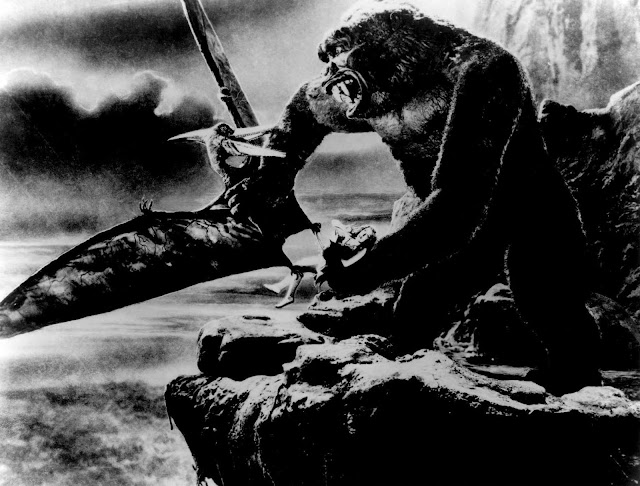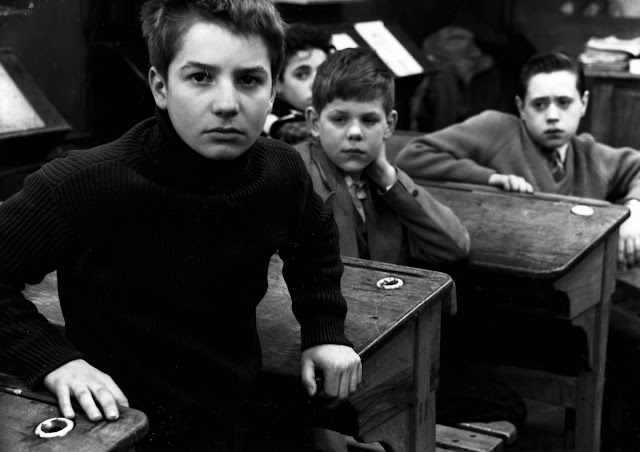A Place in the Sun (1951)
George Stevens' "A Place in the Sun"
George Stevens had been a studio director in Hollywood for the better part of twenty years by the time he made 1951's "A Place in the Sun." Adapted from Theodore Dreiser's 1925 novel "An American Tragedy," the story's plot centers on the real-life murder of Grace Brown by Chester Gillette in 1906. Stevens' adaption of this novel would provide him a second wind in Hollywood, as the film's success would grant him a few more Hollywood classics in the 1950s. He was able to accomplish this with the help of two of the hottest young actors working in the industry at the time, Montgomery Clift and Elizabeth Taylor.
The plot follows George, a hard-working, lower-class young man who arrives to get a job at his wealthy industrialist uncle's factory. Upon receiving a job in the packing room, George falls in love with co-worker, Alice. However, after meeting Alice, George meets the beautiful, young socialite, Angela Vickers. Angela takes an interest in George and he believes that a relationship with Angela, along with the continued good graces in the eyes of his uncle, will allow him to the upper echelons of American industry and its elites. The wrench that gets thrown into his plan is Alice's pregnancy and her demands for marriage. So, George hatches a plan to have a rowboat accident and drown Alice in a lake. He succeeds, but the police are able to locate him with relative ease.
The films' themes regarding the 'American Dream' and the bleak outlook of what it takes to secure a place in the echelons of wealth is very apparent. George begins the film poor and his attempts to get out from underneath it are only happenstance, as not everyone has a wealthy uncle to attempt to get in their good graces. His journey even with this attempt is in vain, as he gets more and more trapped under the weight of the certainty of being poor with Alice for the rest of his life. His necessity to get to 'a place in the sun' had him going in very dark places and cause the collapse of his morality. The main message to that rendering is the impossibility of remaining uncorrupted to attain this ascension of American paradise.
After the release of the film, it was a grand success at the box office and received monumental critical acclaim. Charlie Chaplin once said that it was "the greatest movie ever made about America." It became a national focal point, especially some aesthetical elements of the film, like Edit Head's costume design. However, as the years have gone by, the film has descended the lists of critical reappraisals and its notoriety has a bit of dust. That being said, it is a fine film of the 1950s and one of the most interestingly dark films of the period.




Comments
Post a Comment